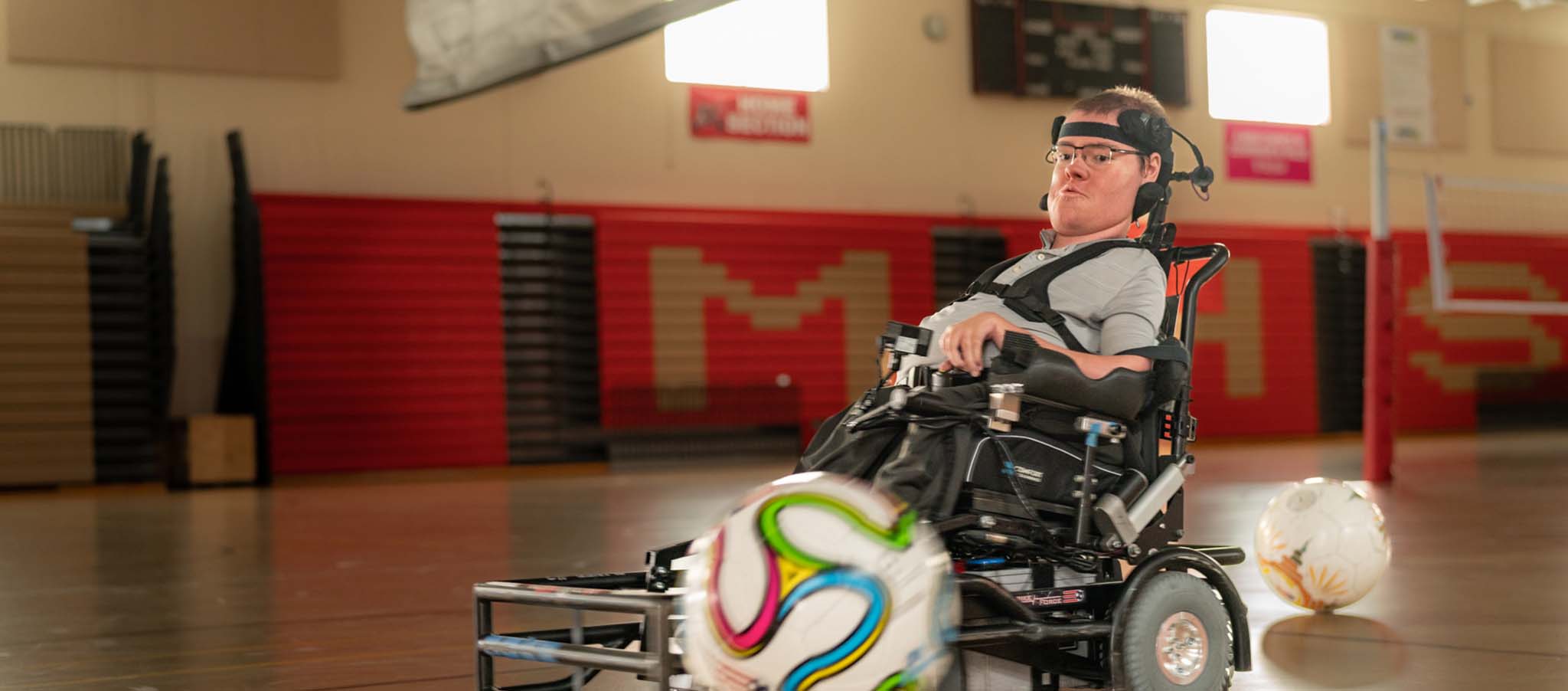Sjukdomsområden
Spinal muskelatrofi

Spinal muskelatrofi (SMA)
SMA drabbar personer i olika åldrar – från spädbarn och barn till tonåringar och vuxna – med olika svårighetsgrad. Nyfödda och spädbarn kan utveckla SMA typ 0 och 1, den allvarligaste formen av sjukdomen. Denna kan leda till förlamning och hindra spädbarn från att klara de grundläggande livsfunktionerna, som att svälja eller hålla upp huvudet. SMA typ 3 och 4 är vanligare bland barn, tonåringar och vuxna. De kan drabbas av omfattande muskelsvaghet och funktionsnedsättning som att inte kunna stå eller gå på egen hand.1
Vår strategi
Tidigare hade personer med SMA och deras familjer inga behandlingsalternativ.
Innovativ forskning
Biogens arbete inom SMA är orubbligt och vi fortsätter med forskningen som är inriktad på att tillgodose ouppfyllda behov och förbättra de kliniska resultaten för personer som drabbats av sjukdomen.
Biogen samarbetar med Ionis Pharmaceuticals för att identifiera nya behandlingsalternativ – särskilt nya kandidater för antisense-oligonukleotider (ASO).
Vi använder också våra erfarenheter från SMA för att utveckla nya behandlingsalternativ och lösningar inom andra neuromuskulära sjukdomar där det finns stora behov.
Historier
Att leva med SMA Nathans historia
Första gången Nathan spelade power soccer – fotboll för personer med fysiska funktionsnedsättningar – blev han förälskad. Då var han sju år gammal. När han vid ung ålder fick diagnosen SMA (spinal muskelatrofi) såg framtiden och hans möjligheter osäkra ut. Men Nathan strävar alltid efter att överträffa förväntningarna och att tävla i en sport helt självständigt visar att han är driven och att han inte vill begränsas av sin diagnos.
Fakta och siffror
1 av
40–50
Ungefär en av 40–50 personer i världen är bärare av den gen som orsakar SMA1
1 av
10 000
SMA drabbar ungefär ett av 10 000 barn som föds i världen3
2 år
Om de inte behandlas dör de flesta av barnen med den svåraste formen av SMA inom två år.
- Keinath MC, Prior DE, Prior TW. Spinal Muscular Atrophy: Mutations, Testing, and Clinical Relevance. Appl Clin Genet. 2021 Jan 25;14:11-25. doi: 10.2147/TACG.S239603.
- Rouault F et al. Disease impact on general well-being and therapeutic expectations of European Type II and Type III spinal muscular atrophy patients. Neuromuscul Disord. 2017 May;27(5):428-438. doi: 10.1016/j.nmd.2017.01.018. Epub 2017 Feb 3.
- Mazzone ES, et al. Revised upper limb module for spinal muscular atrophy: Development of a new module. Muscle Nerve. 2017 Jun;55(6):869-874. doi: 10.1002/mus.25430. Epub 2017 Feb 6.